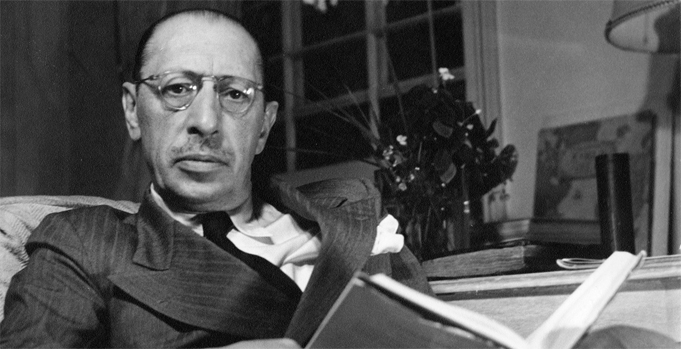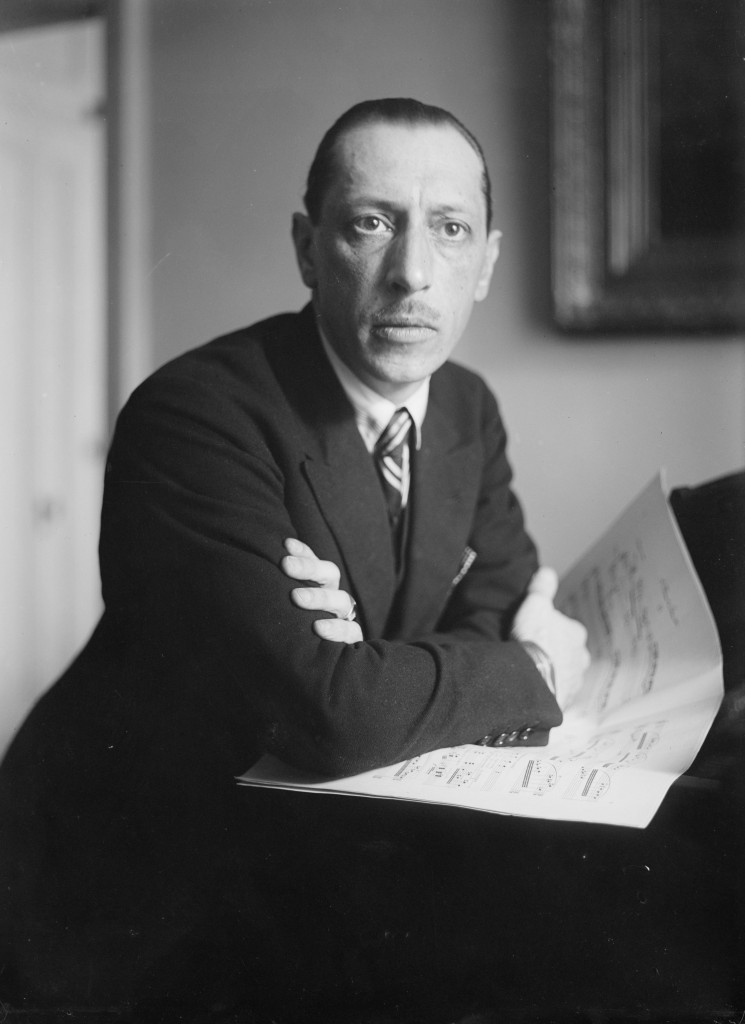Igor Stravinsky, a legendary composer and conductor, left an indelible mark on the world of classical music. His innovative compositions, marked by their boldness and complexity, challenged conventions and pushed the boundaries of what was considered acceptable at the time. In this blog, we delve into the life and work of Igor Stravinsky, uncovering seven captivating facts that shed light on his remarkable career.
- A Russian Roots: Born on June 17, 1882, in Oranienbaum, Russia (now Lomonosov), Stravinsky’s early exposure to the rich cultural heritage of his homeland played a significant role in shaping his musical style. He drew inspiration from Russian folk music and the works of influential composers like Rimsky-Korsakov, making his compositions uniquely vibrant and infused with Russian sensibilities.
- The Rite of Spring: A Theatrical Revolution: One of Stravinsky’s most renowned compositions, “The Rite of Spring” (1913), sparked a revolution in the world of classical music. Its unconventional rhythms, dissonant harmonies, and shocking subject matter caused a riotous response during its premiere in Paris. This groundbreaking work forever altered the course of music history, cementing Stravinsky’s reputation as an avant-garde pioneer.
- Collaboration with Diaghilev and the Ballets Russes: Stravinsky’s collaboration with Sergei Diaghilev’s Ballets Russes ballet company brought him great acclaim and recognition. Their partnership resulted in iconic ballets such as “The Firebird” (1910), “Petrushka” (1911), and “The Rite of Spring.” Through these collaborations, Stravinsky became an integral figure in the world of ballet, revolutionizing its musical accompaniment.
- Neoclassicism and Serialism: Following his revolutionary early works, Stravinsky later turned to neoclassicism, a compositional style that emphasized a return to classical forms and structures. His compositions during this period, such as “Pulcinella” (1920) and “Symphony of Psalms” (1930), showcased his ability to adapt and innovate, revealing his versatility as a composer. Later in his career, Stravinsky explored serialism, a technique that uses a series of musical pitches to create structure.
- A Prolific Composer: Stravinsky’s immense creativity resulted in an extensive catalog of compositions across various genres, including ballets, symphonies, concertos, operas, and choral works. Some of his notable pieces include “The Firebird Suite” (1919), “Symphony in Three Movements” (1945), and “The Rake’s Progress” (1951). His diverse body of work continues to captivate audiences and inspire musicians to this day.
- Influencing Generations: Stravinsky’s innovative approach to music influenced countless composers and musicians, transcending his era. His impact can be seen in the works of composers like Aaron Copland, Leonard Bernstein, and Olivier Messiaen, among others. Stravinsky’s willingness to challenge musical conventions has had a lasting influence on the development of 20th-century music and beyond.
- Legacy and Honors: Throughout his illustrious career, Stravinsky received numerous accolades and honors. He was awarded the Order of Lenin, the Order of the Red Banner of Labour, and the Order of the British Empire, among other prestigious awards. His music continues to be performed by renowned orchestras worldwide, ensuring that his pioneering spirit lives on.
Conclusion:
Igor Stravinsky’s genius and innovative spirit revolutionized the world of classical music. From his groundbreaking ballets to his explorations of various compositional styles, Stravinsky constantly pushed the boundaries of musical expression. Through his rich and diverse body of work, he left an enduring legacy that continues to inspire generations of musicians. As we celebrate the life and contributions of this musical maverick, let us appreciate his relentless pursuit of artistic innovation and his unwavering commitment to reshaping the landscape of classical music.


Comments are closed